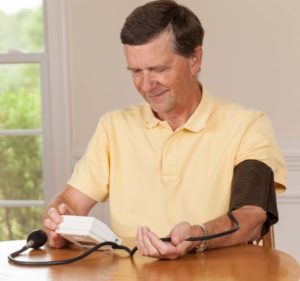Parkinson’s Disease is an unpredictable brain disorder. Even after extensive research to find out the causes and cure for the disease, there is no success till now except for treating the symptoms. Due to this, the diagnosis of the disease is also quite difficult and not largely definite. Movement Disorder Specialists are neurologists with additional training in movement disorders especially like Parkinson’s Disease. They follow different methods to analyze your condition and find out whether you have Parkinson’s Disease or not. They range from quick and expensive to prolonged and almost free diagnosis. Below are all the types of approaches known till now to diagnose Parkinson’s Disease:

Different Approaches to Diagnose Parkinson’s Disease
Dopamine Transporter Scan (DAT)
The main reason for onset of PD is the lack of brain to produce enough Dopamine. Dopamine controls the motor movements of our body. The DAT scan detects the Dopamine levels in your brain as well as their production speed and diagnose accordingly. Most people actually do not go for DAT scan as observing the symptoms is enough for the Neurologist to diagnose.


Ruling Out Other Disorders
One of the most effective way of finding out whether you have PD is to rule out the chances of any other underlying illness. Neurologists often suggest imaging tests like MRI, CT scan, ultrasound of the brain and PET scan. Imaging tests are not particularly used to find out Parkinson’s Disease but to find out about any other brain disorder.
Laboratory tests like blood test are also conducted in order to rule out other conditions that may include similar symptoms.
Response To Medication
This approach is rather easy but takes time to diagnose the symptoms of Parkinson’s Disease. Often, neurologists give you small doses of Levodopa-Carbidopa medication to see if the symptoms go away. If they respond to the medication, then the medical professional can confirm your diagnosis of Parkinson’s Disease.
The real issue is that small doses for a day or two are not enough to get proper results. It takes months for the medications to start showing effect and thus this procedure is the slowest to diagnose Parkinson’s Disease which increases the risk of neglecting any other illness that might require attention right away.


Observing Symptoms
Parkinson’s Disease hits every person in a unique way. But some symptoms stay similar like tremors, palsy, shaking, slowness of movements, stiffness of muscles in arms, legs, trouble with balance and possible falls. These symptoms often relate to Parkinsonian disease and essential tremors which are not chronic but dangerous diseases too.
Self Diagnosis
Parkinson’s Disease affects your personal life by creating discomfort in very basic tasks like walking, maintaining posture, speaking and writing. The first diagnosis is mostly self diagnosis based on the information gained from internet in case of Parkinson’s Disease. As there is no specific diagnosis method present at current time, all possible approaches should be made in order to properly diagnose and treat it.
Often the first diagnosis is done by a family physician or an internist and then the issue is raised in front of a neurologist for second opinion. But it is recommended that as soon as anyone has doubts regarding their health, they should directly go to a medical professional trained in movement disorders. Parkinson’s Disease is not a life threatening one, but it stays with you lifelong. You can simply accept it and start dealing it with a positive attitude and your life will be much better soon.


















